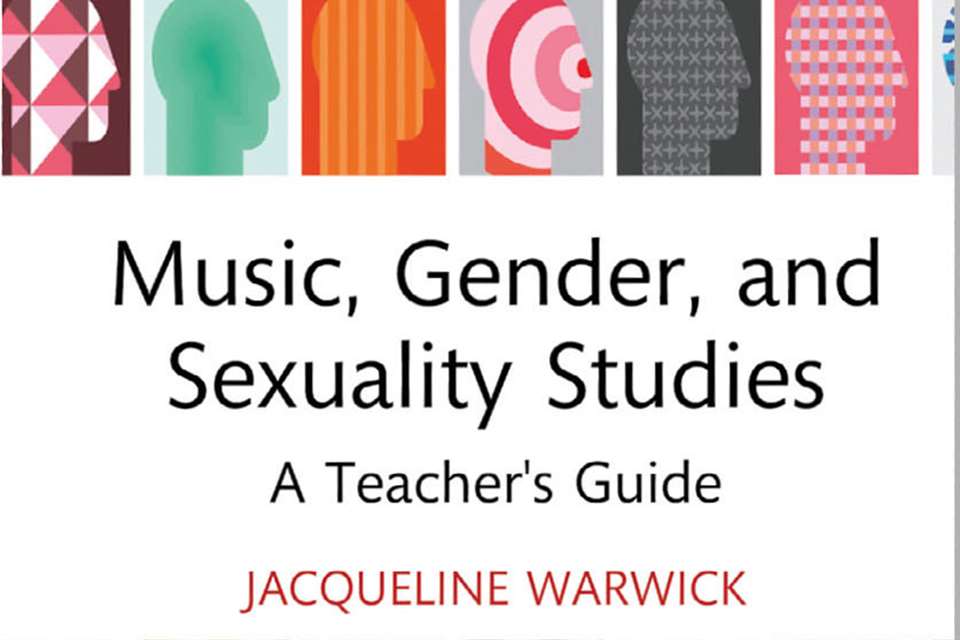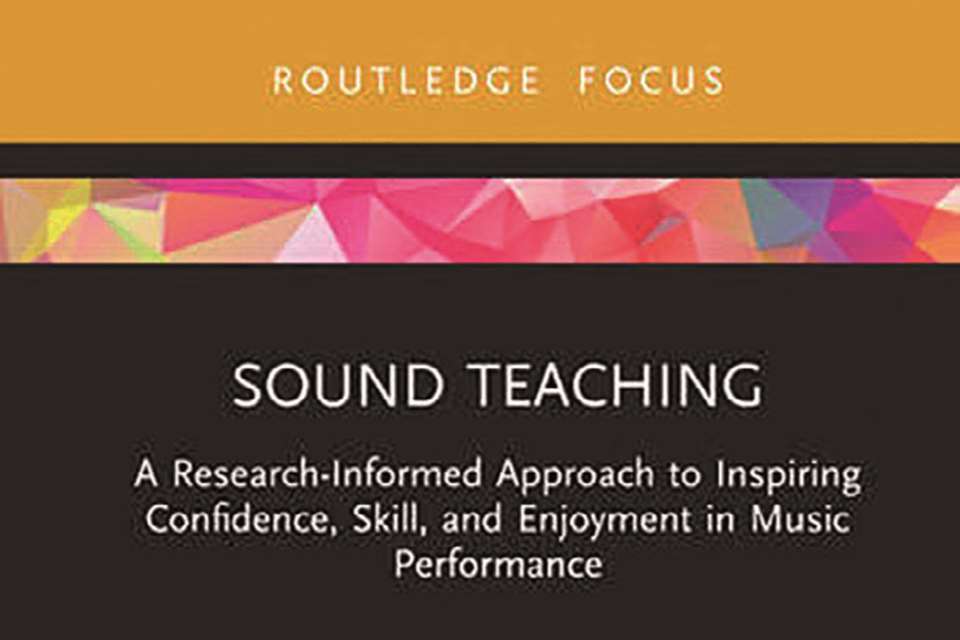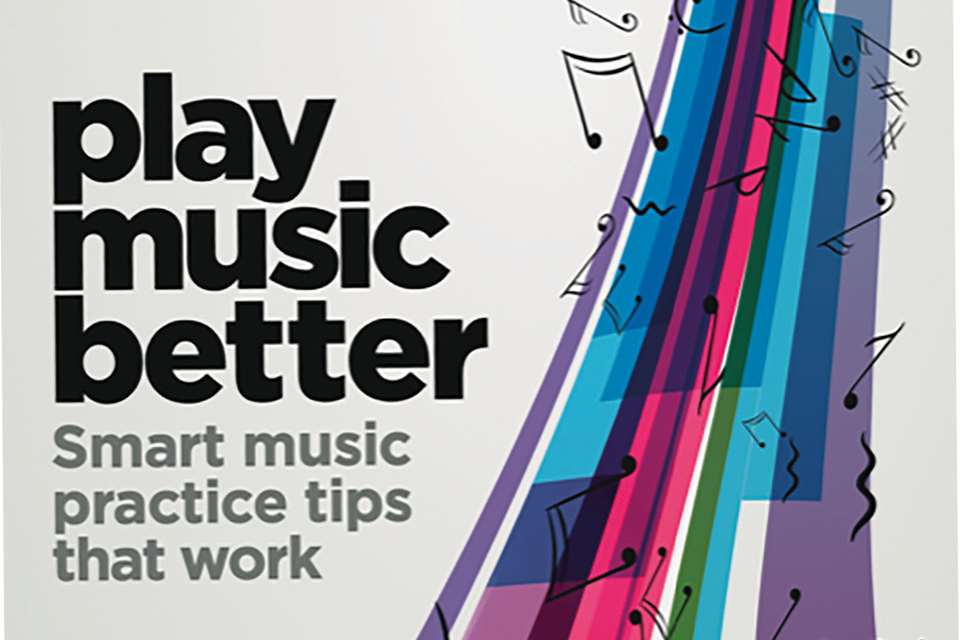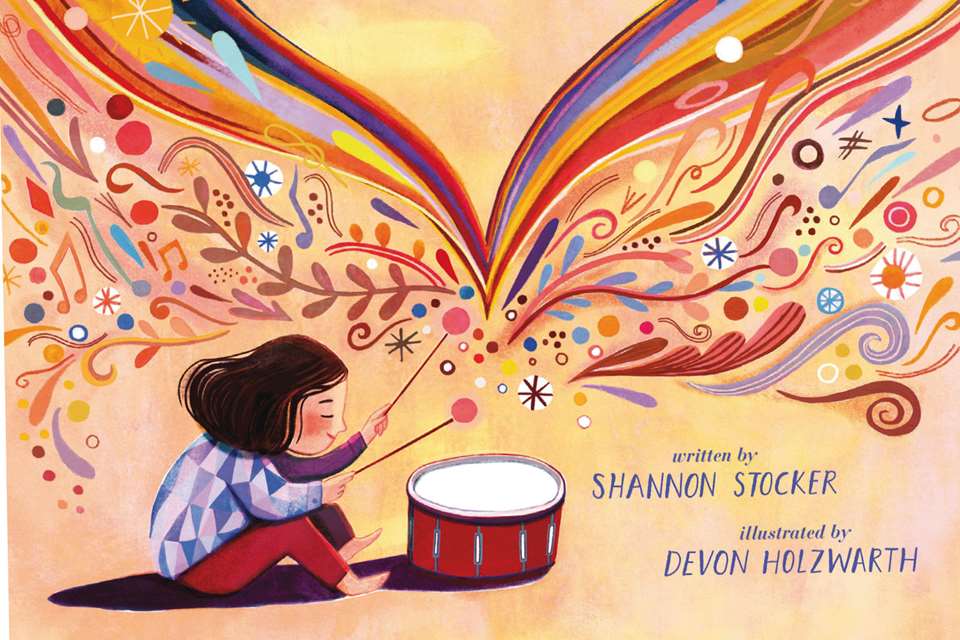Book reviews: ABRSM Pop Performer!
Karen Marshall
Sunday, January 1, 2023
Karen Marshall takes a look at two new piano books published by ABRSM in partnership with Hal Leonard.

In September, the Associated Board of the Royal Schools of Music (ABRSM) launched two new piano books, in partnership with publishers Hal Leonard, containing arrangements of popular pop music. As a piano teacher who has a pragmatic approach and is happy to embrace all musical genres, I eagerly ordered both books and have been using them for the past six weeks with a variety of my own students. The books come with accompanying audio (with excellent performances). There are 20 pieces in the first collection and 16 in the next. The chart-topping tunes are all listed below, and arrangers include known composers such as Nikki Iles but also experienced teachers, pianists and examiners such as Andrew Dunlop. David AT Önaç (who appears on this year's ABRSM syllabus) composes a number of them, plus there's one piece from Alan Bullard and Pete Churchill each. Other arrangers were not familiar however ABRSM states them to be ‘leading figures in piano and pop pedagogy’, and I am sure they are. So what will you find in these books?
Book 1: Grades Initial to 3
The arrangements include a vast array of songs, such as Clocks by Coldplay, Lean On Me by Bill Withers, Shotgun by George Ezra, My Girl by The Temptations and No Time to Die by Billie Eilish. As someone who has had to arrange for this level of student, the arrangers should be congratulated on what they have achieved. Within the market of pop arrangements this is a job well done. I must however point out that some arrangements were more successful than others in practice, and this was affected by how well students knew the original piece. A whole five instruments plus pop band cannot necessarily be easily replicated on the piano, and I think this is a problem if a child is looking for the same musical satisfaction.
On the whole, the music featured in Pop Performer! was more difficult than the current ABRSM syllabus levels of graded exams mainly due to rhythm. However, I found that the following pieces worked very well with my students: Initial Grade – Astronomia; Grade 1 – We Found Love; Let it Go; Can’t Stop the Feeling; Grade 2 – The Joker and the Queen; We Are the Champions; Grade 3 – Both Sides Now; Three Little Birds and Hallelujah, which is useful for practising legato pedalling.
Clocks was well arranged for Initial Grade, but do check out Grade 3 level arrangements available in other albums which can make the most of the triads without having to put them between the hands. No Time to Die was tricky for my Grade 3 student but more advanced pupils have really enjoyed this one. Younger students did find the amount of staccato in some pieces difficult to handle so if not doing this for an examination (where score accuracy is demanded) I would simply remove some. In order to get the rhythms correct, we did rhythm-only activities, and also I played one hand and my student the other. The fingering suggestions overall worked well, as did dynamics.
Book 2: Grades 4 and 5
These arrangements are equally as broad, including songs such as Easy on Me by Adele, Titanium by David Guetta feat. Sia, Dancing Queen by ABBA, God Only Knows by The Beach Boys and Just the Way You Are by Billy Joel. These pieces are a significant step up but personally I found it a stronger collection than the first book and more popular with students.
A Thousand Miles is especially challenging due to the B major key, with five sharps my student struggled. It's a great arrangement though (even if easily in the Grade 6 territory), and it's good to be able to read well in B major. Again, students loved particular pieces, and I must say they worked well alongside their repertoire or exam pieces as a bit of light relief. In Grade 4 the popular choices included: God Only Knows, Easy on Me, Titanium, She; Song for Guy (which is extremely popular), A Thousand Miles, All of Me and Dancing Queen.
Surprisingly, the music was more familiar to me than my students but that seemed to be helpful as there weren’t too many preconceived ideas about how they should sound. In terms of piano technique this collection is helpful for developing pedal use but also the ability to coordinate syncopated rhythms.
Overall, these are well-written, carefully selected and attractively presented books. Are they always an authentic representation of the pop song? Not quite, which does bring up the debate surrounding their use in examinations if a student inadvertently plays a different rhythm from the original song. However, many students do enjoy playing music like this. Pop music arrangements won’t ever provide the depth of material required pedagogically to produce a well-rounded pianist as there just isn’t the teaching content or canon to draw on. It can however improve a student's enjoyment, develop their reading skills, create motivation to practise and provide material they may be more comfortable sharing with non-musical friends.
This is a useful addition to use alongside music that was originally written for the piano and it can develop our students to their full musical potential.







